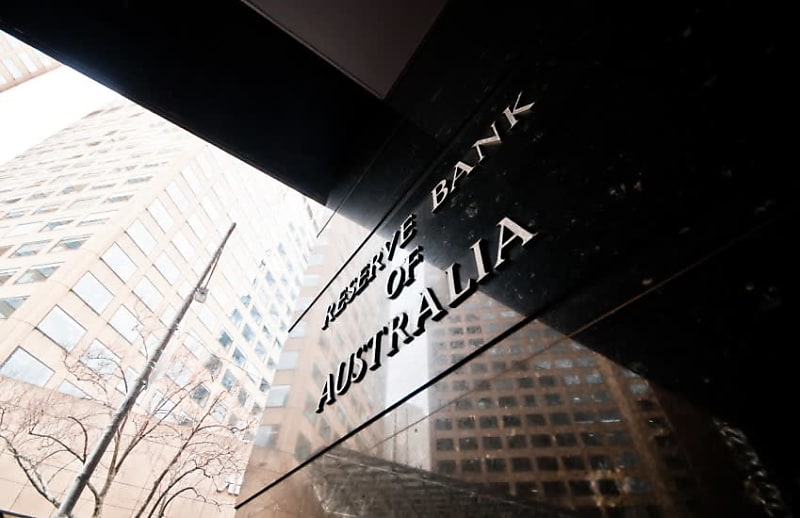RBA delivers welcome pause but raises fears of another rise
BusinessThe bank says falling inflation means its monetary policy is working but further tightening may be necessary.

There is light at the end of the interest rate tunnel say commentators about the RBA’s decision to keep the cash rate steady at 4.1 per cent yesterday, but businesses and households will live in fear of another rise.
BDO economic research partner Anders Magnusson said inflation numbers gave the RBA the evidence it needed to hold despite an historically low unemployment rate, high participation rate and strong wage growth.
“Softening inflation amid a tight labour market should be seen as a positive, rather than a risk, and past comments from incoming governor Michele Bullock suggest that this is what the RBA had hoped to see,” he said.
“There is a small chance that the RBA will deliver just one more rise next month to insure against an increase in services inflation.”
He said high inflation in insurance and financial services is a “red flag” for the RBA but the problem has little to do with wages.
“Wages get a lot of attention when services inflation is high, but the real culprits are increasing stamp duty costs, real estate fees and costs of sourcing parts and undertaking repairs.”
CPA Australia senior manager business and investment policy Gavan Ord said the RBA is responding to signs inflation has eased, but agreed the cost of services remain a concern.
“It’s taken some time, but the RBA has now started to see what it wanted from inflation,” he said. “That said, inflation in some sectors such as the services sector remains stubbornly high.”
“We may be at or near the end of this rising interest rate cycle. Households and businesses will, however, remain on tenterhooks, fearing additional hikes if inflation does not reduce further.”
Previous rate hikes, other cost pressures and a slowing economy have already made life tougher for businesses, he said.
“Notwithstanding today’s rate reprieve, higher interest rates, rising wages and increased costs will keep putting pressure on small businesses. Many businesses will need to pass these costs on to consumers.
“There’s every likelihood today’s decision to hold rates is only temporary. Prudent businesses should be factoring in further rate increases into their business projections.”
CreditorWatch chief economist Anneke Thompson said a better-than-expected inflation result over the June quarter, slower retail sales growth and signs of a much tighter jobs market all point to cooling economic conditions.
“These forward indicators include Seek jobs vacancy data for June 2023, which are down 22.1 per cent compared to the year prior,” she said. “In addition, NAB’s Monthly Business survey shows capacity utilisation is down to 83.5 per cent, which is the lowest read since April 2022.
“Capacity utilisation is a very good leading indicator of the unemployment rate, and falling utilisation typically means a higher unemployment rate in three to six months’ time.
She said business-to-business trade payment defaults are at record levels and around 50 per cent higher than this time last year.
“This means a record number of late payment defaults were lodged by one business against another, highlighting just how tight cash flow is for some companies. It appears that savings levels of both consumers and businesses are now having a considerable impact on consumers’ ability to spend on discretionary items and for some businesses to be able to pay their bills on time.”
The RBA left the option of “further tightening of monetary policy” on the table yesterday but said the sequence of rate rises since last May have been working.
“The higher interest rates are working to establish a more sustainable balance between supply and demand in the economy and will continue to do so,” Governor Philip Lowe said announcing the decision.
The RBA said it expects inflation to keep falling to around 3.25 per cent by the end of next year and back within its 2–3 per cent target range in late 2025.
It forecast GDP growth of around 1.75 per cent over 2024 and a little above 2 per cent over the following year, with unemployment increasing to around 4.5 per cent late next year.
However, Mr Lowe raised concerns about services inflation and how long it would take for previous rate raises to impact the economy.
“The recent data are consistent with inflation returning to the 2–3 per cent target range over the forecast horizon and with output and employment continuing to grow,” he said.
“There are though significant uncertainties. Services price inflation has been surprisingly persistent overseas and the same could occur in Australia. There are also uncertainties regarding the lags in the operation of monetary policy and how firms’ pricing decisions and wages will respond to the slowing in the economy at a time when the labour market remains tight.
“The outlook for household consumption is also an ongoing source of uncertainty. Many households are experiencing a painful squeeze on their finances, while some are benefiting from rising housing prices, substantial savings buffers and higher interest income.
“In aggregate, consumption growth has slowed substantially due to the combination of cost-of-living pressures and higher interest rates.”
“Some further tightening of monetary policy may be required to ensure that inflation returns to target in a reasonable timeframe, but that will depend upon the data and the evolving assessment of risks.”




